The History of White River in Branson MO
The history of White River is always interesting to look back and see where most of the Missourians come from and how they've traveled from their roots. Its history will unpack the trunks belonging to the pioneers of the White River and share the memories with us. The cold waters of Table Rock Lake that come from the White River are some of the best spots where you can enjoy a thrilling adventure ride with a jet boat in Branson.
The U.S. Army Corps of Engineers operates six dams in the White River Basin. These dams were created as a system to reduce the frequency and severity of floods. Moreover, it provides water supply, generates hydroelectric power, and provides minimum environmental to the Tri-lakes area in Branson. The White River Basin connects to the six lakes: Beaver, Table Rock Lake, Bull Shoals Lake, Norfolk, Greers Ferry, and Clearwater.
The wild White River shaped Branson and other towns in the Ozarks region in the 1800s. Today, it continues to be a main economic concern for the area. In the first years of development of the White River in the early century, the river offered an essential link for travel and commerce, but the river also spread damage with its frequent flooding.
In later years, after the damming of the river and while Branson became a popular tourist spot, the waterway and its lakes became the world's attractions in their own right. It draws visitors at first by the dozens and eventually by the millions.
This is the time where most visitors flock to the Tri-lakes area. Most of them enjoy various lake activities like boating, fishing, swimming, and other great water adventures like riding a jet boat in Branson.
In the year 1850s, businessmen in the region were looking for ways to access the 722-mile-long White River. An eventual connection then followed to the Mississippi River, where steamboat and barge traffic became the model of river transportation.
Springfield, Missouri, became the largest settlement in the region, but it wasn't built in an accessible river. Loggers, farmers, and vegetable growers were looking for ways to get their products to market, but they could only use lightweight barges and keelboats to the shallow upper portion of the White River.
In 1851, Missouri Legislature approved a project to remove the obstructions along the Missouri section of the White River and deepen the river's channel where possible. As a result, by 1853, steamboats could travel up the river from Arkansas as far as Forsyth in Missouri, which had been named the seat of Taney County in 1845. With this in mind, Forsyth quickly became a bustling town and center of travel and commerce in the region.
After the Civil War, most of the new shallow-water paddleboats were able to travel to Forsyth and to the settlement that would become Branson today and eventually on to the mouth of the James River, providing more access to the downstream markets. However, the unpredictable depth of the river made boat travel beyond Forsyth unreliable and difficult.
The travel on the lake that the river provided for five decades was eventually replaced by railroad travel that finally came to Branson in 1906. This dependable railroad travel for commerce made Branson start to flourish, which led to its incorporation as a city in 1912.
After the railroad's arrival, the White River was impounded upstream from Forsyth by constructing Powersite Dam, White River's first dam and the central United State's first hydroelectric plant. During this period, Branson began to flourish. The city's train station was used as the railhead for the construction materials needed for Powersite Dam.
During these years, the six lakes that connect to the White River were authorized by U.S. Congress, and it directed the U.S. Army Corps of Engineers to build dams in the Mississippi Valley to reduce flood damage and loss of life.
The authorization came primarily in response to the great flood in 1927, which made the rivers flowed across the entire Mississippi River Valley. The subsequent floods in the 1930s and 1940s promoted legislation that spurred the construction of the six dams in the White River Basin.
During heavy rain, the lakes that connect to the White River Basin catch a massive flow of waters coming from the White River. After rivers downstream begin to recede, the waters are released in a controlled fashion to the lakes. Without the lakes, the water would flow downriver uncontrolled.
It's clear to say now that the history of Branson and the surrounding region is inexplicably tied to the lakes where most of the tourists today come to enjoy great water activities that include adventure rides with the jet boat in Branson.
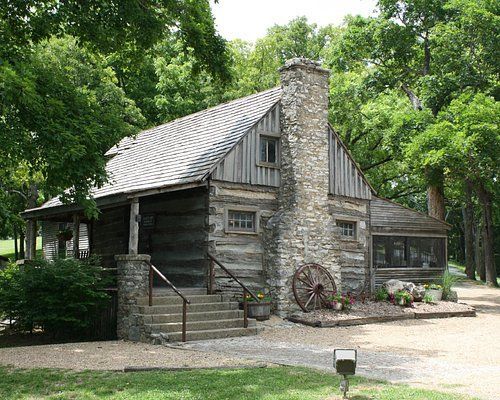
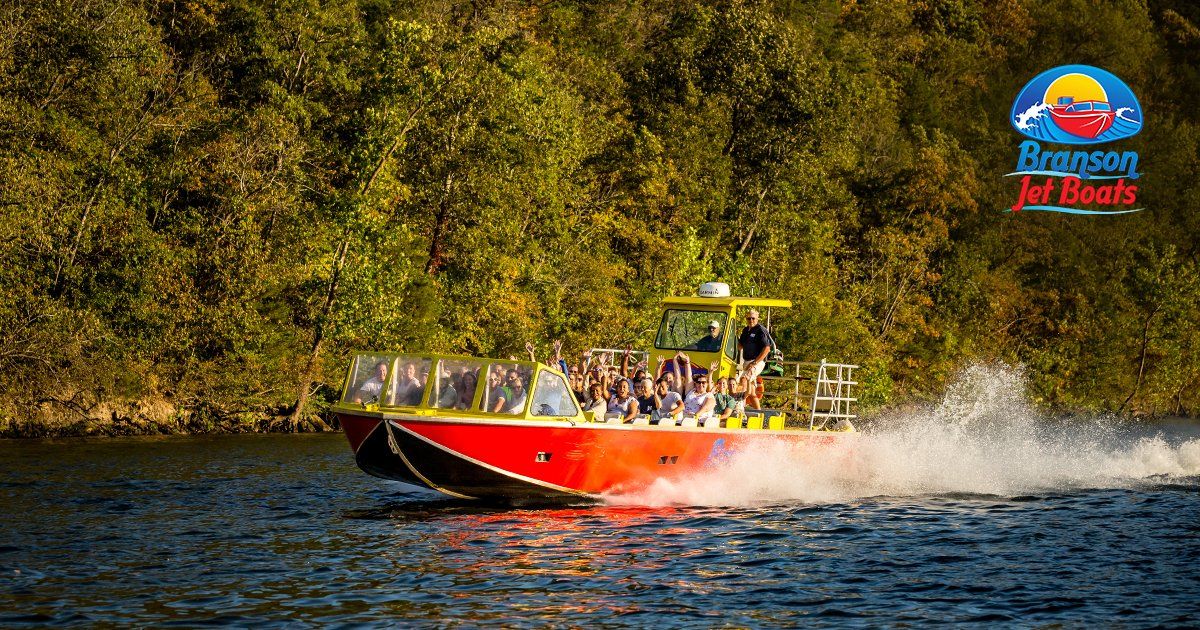
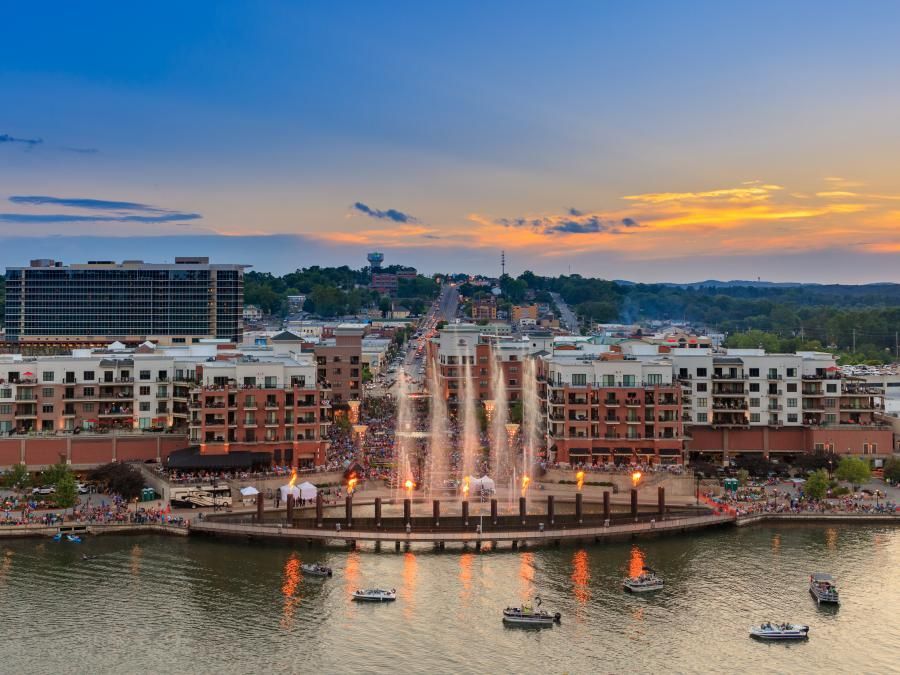
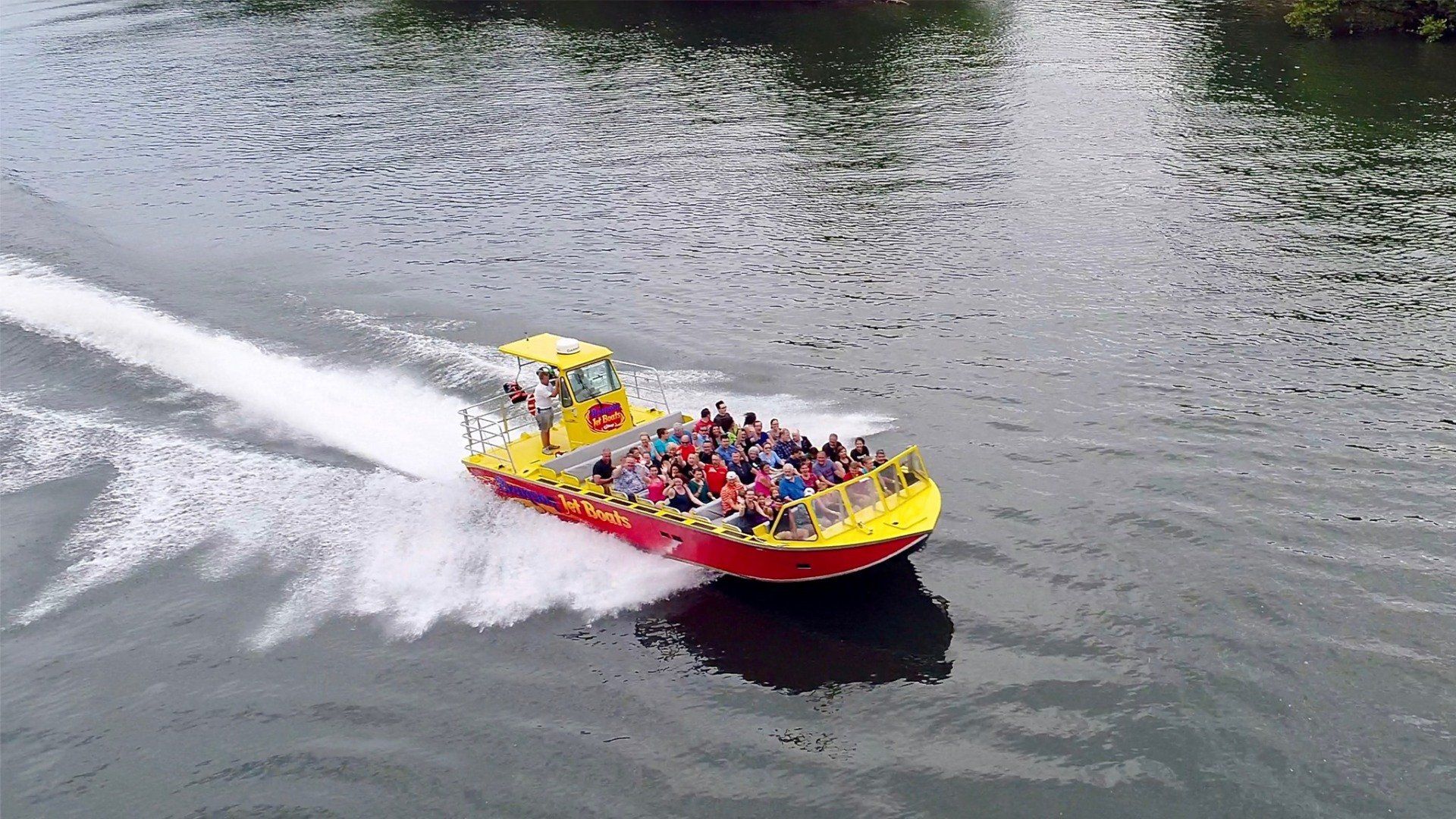
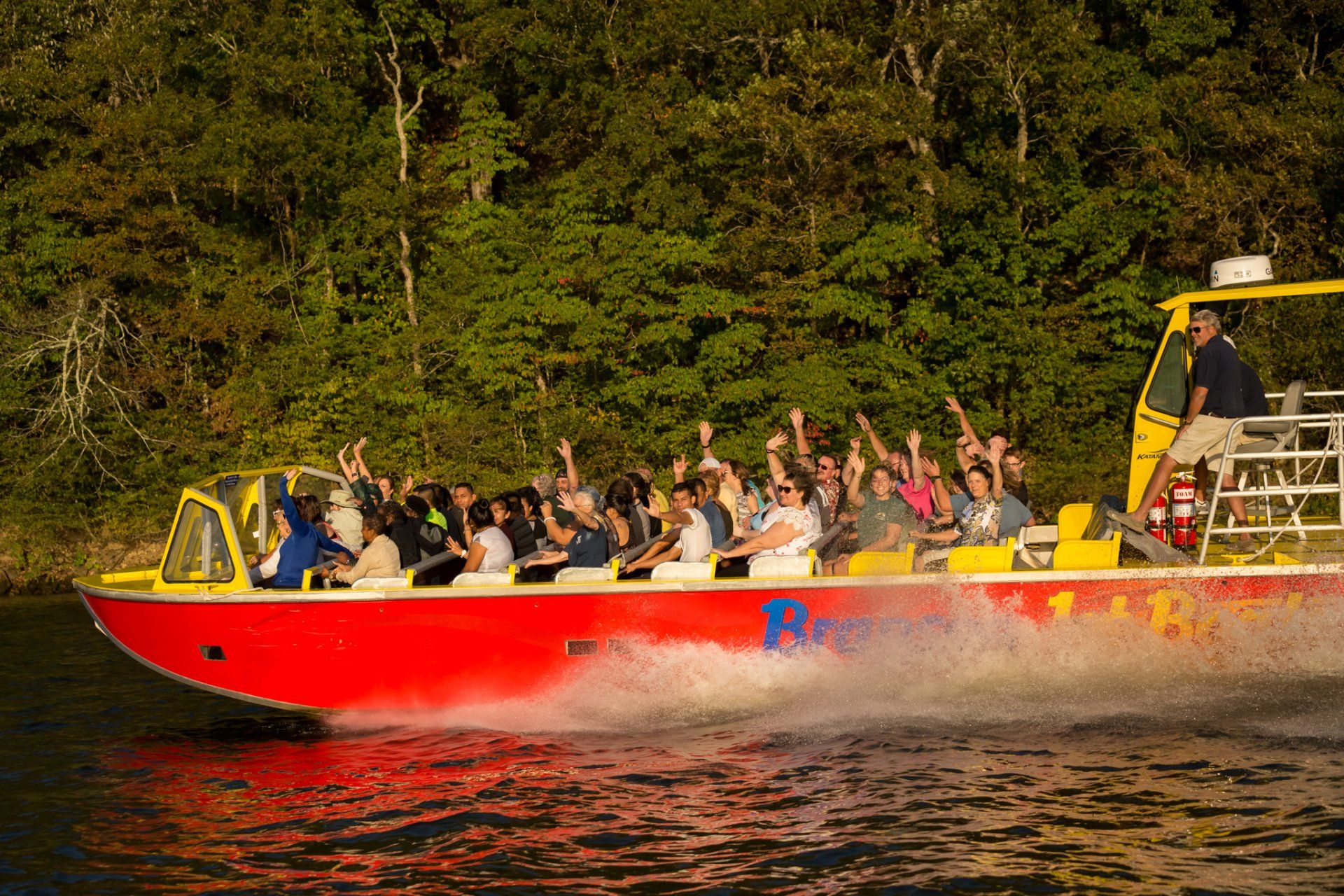

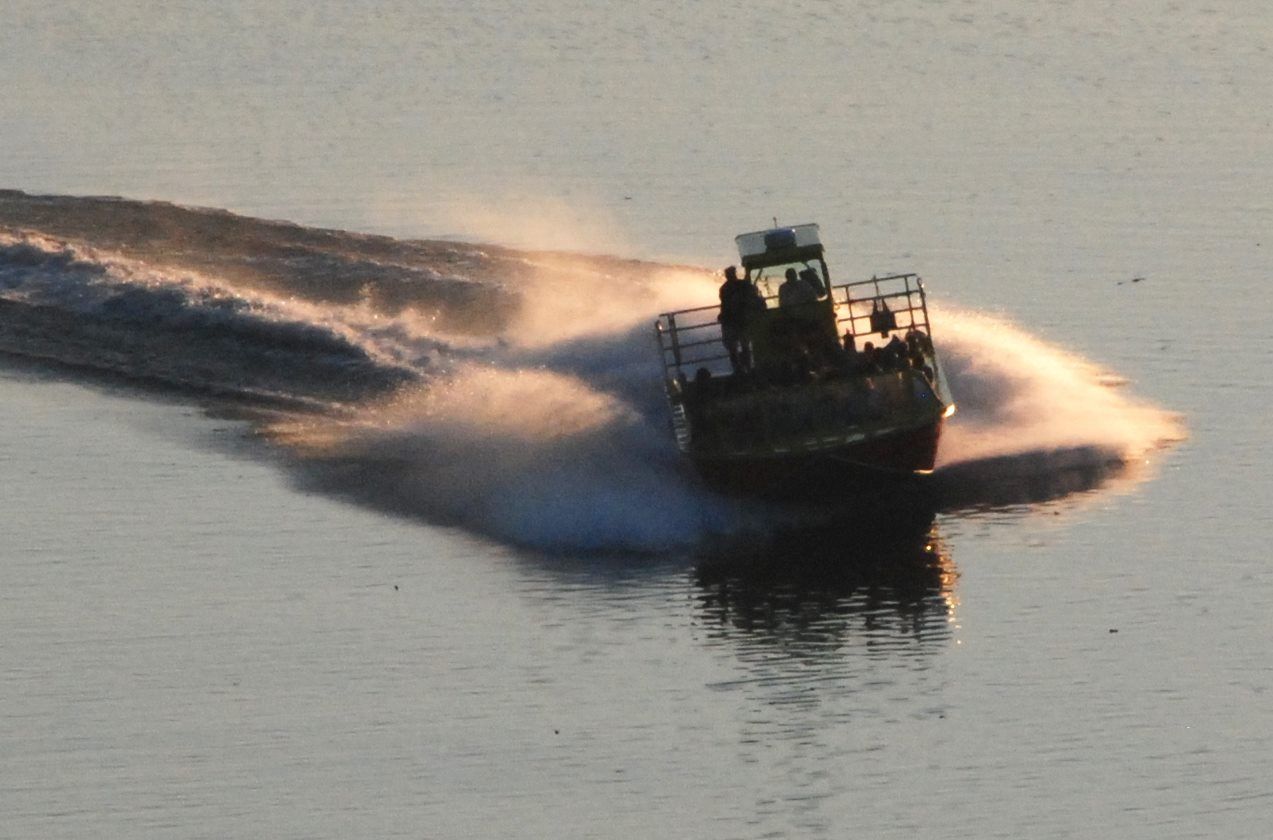
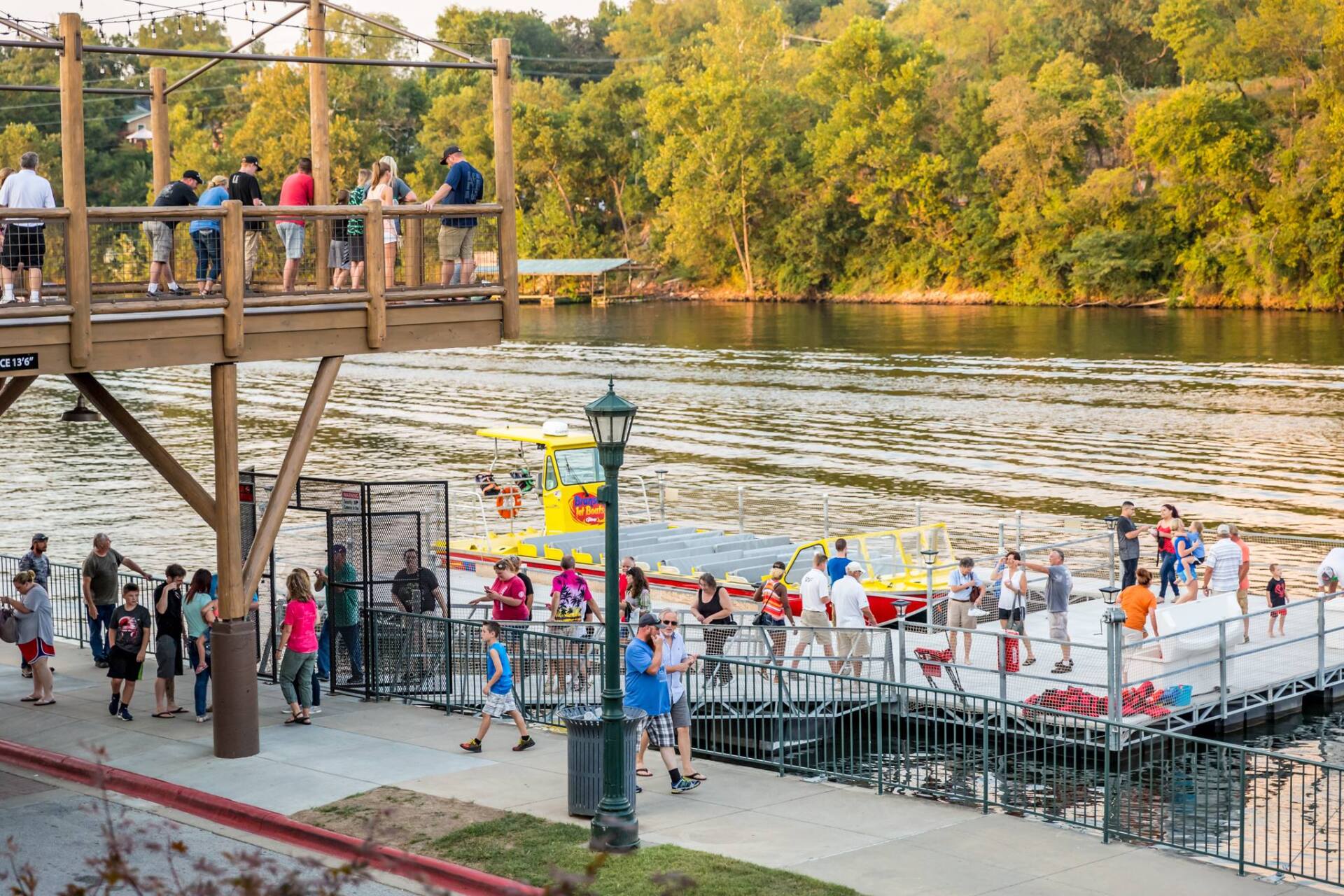






 by
by